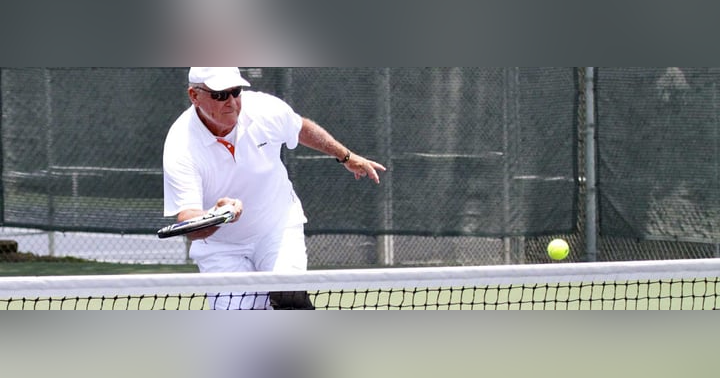How your racquet and strings can help prevent tennis elbow

Sadly, tennis elbow is an all too common tennis injury. It is estimated that 50% of tennis players will be affected by the condition at some point during their tennis career, and most commonly affects those aged between 30 and 50. We have previously covered some of the exercises players can do to help prevent tennis elbow, but the gear you select has a direct impact on your muscles and joints?
When selecting a new racquet or string, most players would prefer to use gear that will improve their game, with little regard to reducing injury. However, if you have ever suffered from tennis elbow, then this is something that should always be considered. Below are a few things to consider when choosing a new gear if you are trying to prevent or cure the condition. In reality, there are an abundance of criteria that affect your overall gear choices including your age, fitness, playing level, stroke length (ie. full or compact), stroke speed (fast, medium or slow), and stroke technique.
Racquet Weight
The weight of your racquet, and equally important, the distribution of that weight, have arguably the biggest risk to the potential harm to your forearm. Players need to be careful when selecting a new racquet to ensure it is the right weight. If a racquet is too heavy, you may overcompensate in the acceleration and deceleration of your swing which can result in poor technique and ultimately put an avoidable strain on your arm. On the other hand, if a racquet is too light, it may be less stable and lack the vibration absorption which in turn will damage your joint.
So, a new racquet should not be too light or too heavy. But, what should you choose? Ultimately it is down to a combination of personal preference and proper guidance. If you are preventing or treating tennis elbow, it’s recommended you go for the heaviest racquet that is still comfortable to play with provided the weight is in the right place (See Balance). Generally, heavier racquets have greater mass and shock absorption which will reduce the strain on your muscles, however, it’s a fine balance to ensure the racquet isn’t too heavy.
Racquet Balance
The balance of a racquet is equally important as the overall weight. A good analogy is that of a hammer. Contrast the physical effort required to swing the hammer holding handle versus holding the head and swinging the handle. Racquets that are heavier towards the handle are easier to swing and are recommended for those players dealing with tennis elbow.
Similarly to overall weight, it’s all about finding what works best for each player. The ideal balance is one where the racquet provides an adequate level of stability while still being comfortable for the player to swing.
Racquet Stiffness
The more flexible a racquet is the more of the shock it will absorb from the impact of the ball, however, the vibrations from the impact felt by the player can be increased. While the vibration can be uncomfortable for some players it isn’t believed to cause injuries such as tennis elbow, like shock can. Therefore, it can be safe to assume that a more flexible racquet is better for reducing the risk of injury.
Flexible frames can deliver less control and power, which might require a player to play with slightly tighter strings, or stiffer control-based strings, that in itself can increase the risk of injury. Additionally, a flexible racquet can require the player to put in more effort which can further increase the chance of developing tennis elbow.
Tennis Strings
While it’s critical to have the right racquet, it is equally important to select the right strings to reduce the chance of injury. In fact, many gear-related tennis elbow injuries are by players using strings (like form polyesters) that are simply not suitable.
If you are suffering from tennis elbow then soft strings like multifilament or natural gut are often the best choice. Natural gut is more expensive but provides a high level of power, durability, and feel. Multifilament strings are mostly ‘arm friendly’ and have mass appeal.
An alternative to changing the string series you might already like is to select a thinner gauge (17,18,19 or even 20) that will deform more upon impact to spread the force from the ball over a longer period of time. Note that looser strings may lack control while thinner strings are less durable and need replacing sooner.
In addition to choosing suitable strings, it’s also important to ensure the tension is correct. Lower tension is usually much better for those who are suffering from tennis elbow, but as is the case with most things, there is a limit to how low it should be. Yes, you can string in the 20s, but at this tension controlling shots can be almost impossible. The answer is a combination of personal preference, solid guidance, and some trial and error to find what works.
Summary
If you are suffering from mild tennis elbow then don’t panic. There are proven ways to adjust your equipment to help prevent any further damage and ease the pain. Look at racquet weight, balance, and stiffness, and consider the string type and tension you are using. If you are suffering from real pain or discomfort it’s very important to consult a specialist so they can assess your condition and provide appropriate advice to help recovery.











